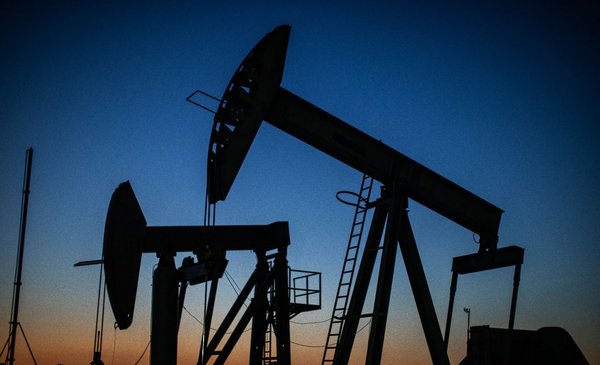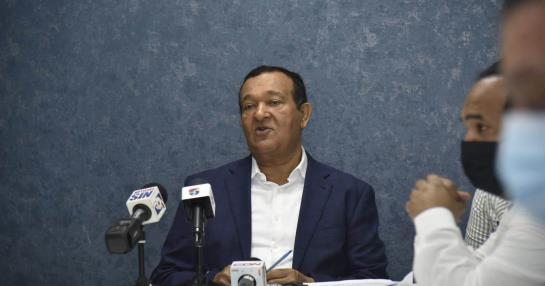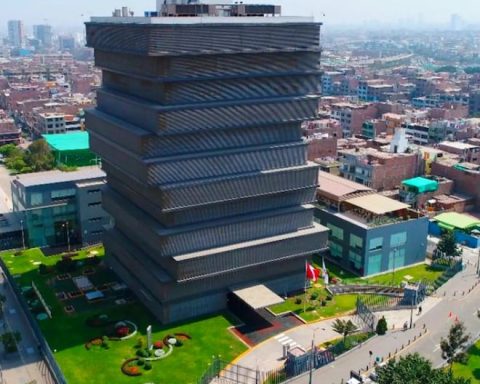The oil played tuesday a seven-year high driven by supply shocks, geopolitical tensions and rising demand, despite fears about the advancement of the omicron variant.
the barrel of Brent from the North Sea reached US$ 88.13 per barrel, marking a maximum since October 30, 2014 when it reached US$ 86.74.
the barrel of West Texas Intermediate (WTI) followed the trend and climbed to $85.66 reaching a level not seen since 2014.
Several factors contribute to this increase. On the one hand, the interruption of production “in Libya, in Nigeria, in Angola, in Ecuador and, more recently, in Canada due to extreme cold,” explained Hussein Sayed, an analyst at Exinity.
Production decreases in countries such as Angola or Nigeria, which contribute half a million barrels per day less than in mid-2020.
“Markets remain focused on the delicate balance between supply and demand, which seems to have a fairly important impact on price fluctuations throughout the post-pandemic economic recovery,” said Walid Koudmani, an analyst at firm XTB.
geopolitical tensions
Geopolitical tensions between Russia and Ukraine also play a role, which could disrupt gas supplies to Europe, or in the Persian Gulf, where Yemen’s Houthi rebels claimed an attack on oil supply facilities in the United Arab Emirates.
These incidents “further fueled prices” for oil, explained ING analyst Warren Patterson.
Alongside these supply pressures, demand continues to rise as the global economy gradually returns to its pre-pandemic level of activity, despite concerns about the emergence of the omicron variant.
In addition, the price of natural gas, which is still at a high level, contributes to higher oil prices, because it causes an “increase in the demand for diesel and fuel as a replacement for natural gas,” says Bjarne Schieldrop, of the group of SEB analysis.
OPEC in a position of strength
Experts point to the Organization of Petroleum Exporting Countries as a solution to this escalation, but its members do not want to hastily reverse the production cuts decreed when the pandemic arrived, when prices plummeted.
“Only OPEC members and their allies can push prices down now by pumping more crude. But instead they are likely to stick to their strategy of easing off production cuts as they benefit from current high prices.” Hussein Sayed said.
OPEC and its allies (OPEC+) have been announcing for months marginal increases in their production that do not respond to the needs of demand. Saudi Arabia reaffirmed this year respect for these agreements and the importance of these ceilings.
This leads many analysts to predict that prices will continue to rise until they exceed the barrier of US$90 a barrel, or even US$100.
For Sayed, “what seemed impossible months ago is now very likely to happen.”
For example, analysts at Goldman Sachs they expect Brent to hit $96 this year and $105 in 2023, according to a note published on Monday.
(Source: AFP)


















